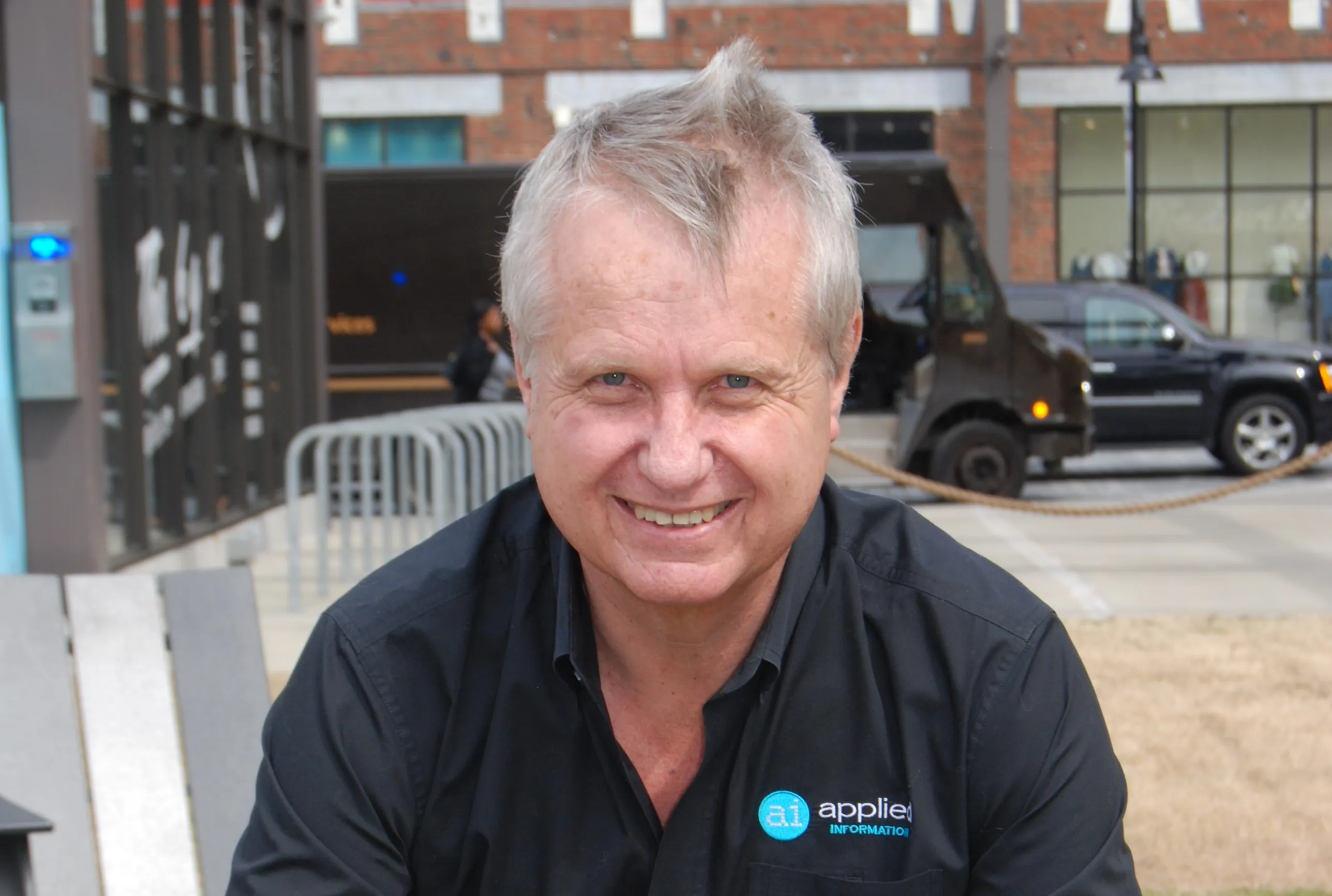Next-generation in-car safety product
Founded in 2015, Saphe was originally designed to warn motorists about speed cameras and accidents – and 400,000 of the first version have been sold in Denmark. The main difference with the second-generation product – which will go on sale in November – is the addition of a display “so you can tell more about what’s happening”. Saphe also alerts drivers about upcoming roadworks and wrong-way drivers, and warns them when they are close to schools at drop-off and pick-up times – as well pointing out accidents and speed cameras.
“Our goal of coming to Congress is to get cooperation and development with other countries. So, getting a meeting with the commissioner is fantastic,” says Sørensen.
Saphe launches next generation in-car alert at ITS World Congress
Next-generation in-car safety product Saphe, launched at the ITS World Congress, has captured the interest of the European Commission and United Nations (UN). Violeta Bulc, European commissioner for transport, has asked for a meeting in Brussels with Saphe founder Freddy Sørensen. Saphe fits in the palm of a hand and is installed inside a car’s windscreen. The cloud-based product connects via Bluetooth to a smartphone app and, for a monthly fee, warns drivers against hazards such as ambulances approaching
September 20, 2018
Read time: 2 mins









